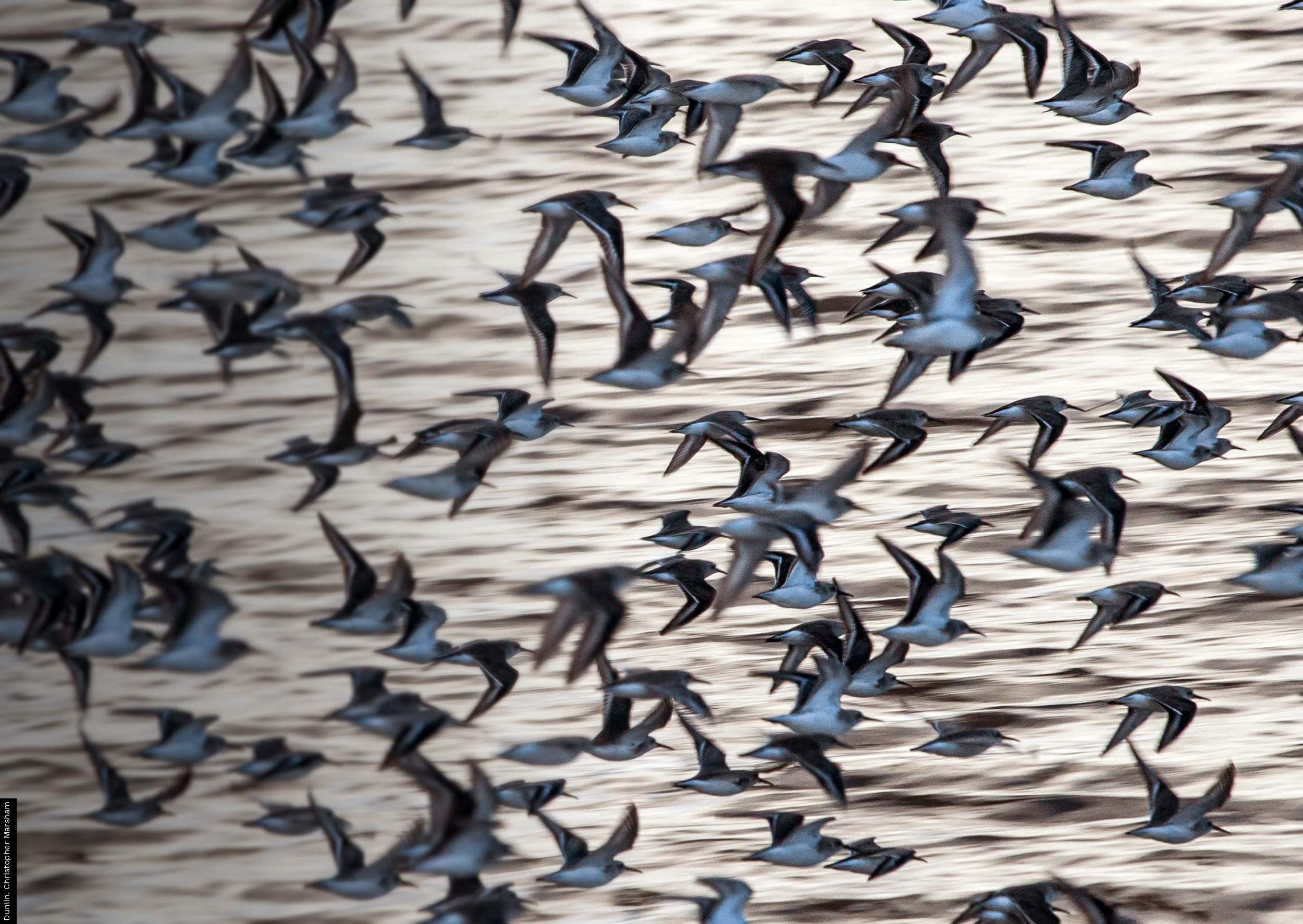Some Don't Like it Hot
11 Jul 2022 | No. 2022-28
New research from BTO implicates rising temperatures in the steep decline of the Willow Warbler, one of the UK’s most tuneful harbingers of spring.
The study, published in the journal IBIS, shows that Willow Warblers are doing better in Scotland, where temperatures are cooler. Evidence is building to suggest the population in southern Britain is a casualty of recent anthropogenic climate change.
BTO researchers used volunteer bird counts and habitat data from the BTO/JNCC/RSPB Breeding Bird Survey to separate the impacts of climate change and habitat change on Willow Warbler and Chiffchaff populations. The analysis revealed that Willow Warbler numbers in England fell by 41% between 1994 and 2018, while those of the closely related Chiffchaff grew by 133%. The picture was very different in Scotland, where temperatures are cooler than the UK average. North of the border, Willow Warblers increased by 77% and Chiffchaffs by 244%.
During the period studied, the mean breeding season temperature was 12.7°C in England and 10.2°C in Scotland, close to the optimum breeding temperatures for Chiffchaff (13.5°C) and Willow Warbler (11°C), respectively. However, Met Office data show that UK temperatures in the last 30 years have been about 1°C warmer than those during the three preceding decades. Changes like these can have impacts including producing a mismatch between young birds’ food requirements and insect abundance, an overall reduction in food abundance and shifts in habitat suitability.
The BBS habitat data showed that woodland and scrub, the preferred habitat for Willow Warblers and Chiffchaffs, increased across the UK, with more habitat improvements in Scotland. However, this study showed that the increases in Scotland were more likely to be linked to climate change than habitat change.
Its UK decline means Willow Warbler has been on the Birds of Conservation Concern Amber List since 2002. With global temperatures forecast to keep rising, studies like this demonstrate the importance of long-term monitoring to ensure conservation measures are targeted effectively. More woodland and scrub , for example, would be more likely to be taken up by breeding Willow Warblers if it were concentrated in cooler areas of the UK.
Blaise Martay, BTO lead author on the paper, said: ‘We’ve discovered that these two superficially similar warblers have quite different temperature requirements during the breeding season. Climate change means Willow Warblers are now faring worse in warmer parts of the country, something that has implications for future conservation measures, such as habitat creation. The connection we’ve uncovered between temperature and breeding success suggests that conservation interventions for this species should be targeted in cooler parts of the UK.
She added, “I’d like to thank all the volunteers who take part in the BTO/JNCC/RSPB Breeding Bird Survey. Their records allow scientists like me to undertake analyses like this one and help us understand the pressures birds face as a result of climate change.’
You can read the full paper for free here.
Contact Details
Tom Stewart (BTO Media Manager)
Mobile: 07585 440910
Email: press [at] bto.org (subject: News%20release%20enquiry)
Mike Toms (Head of Communications)
Mobile 07850 500791
Email: press [at] bto.org (subject: News%20release%20enquiry)
Images are available for use alongside this News Release. These can be downloaded from this link, for which you will need to enter the password Phylloscopus2022. Alternatively, please contact press [at] bto.org quoting reference 2022-28.
Notes for editors
The BTO/JNCC/RSPB Breeding Bird Survey (BBS) is a UK-wide project aimed at keeping track of changes in the breeding populations of widespread bird species. The BBS involves over 2,500 participants who survey around 4,000 sites across the UK, enabling us to monitor the population changes of the UK's common and widespread bird species. Knowing to what extent bird populations are increasing or decreasing is fundamental to bird conservation.
This important survey – a partnership jointly funded by BTO, RSPB and JNCC – is carried out by volunteer birdwatchers throughout the UK, who receive no financial reward or expenses for their efforts. We are indebted to them for their tremendous support.
Chiffchaff and Willow Warbler population data can be found here and here.
BTO is the UK's leading bird research charity. A growing membership and up to 60,000 volunteer birdwatchers contribute to BTO's surveys, collecting information that underpins conservation action in the UK. BTO maintains a staff of 100 at its offices in Thetford, Stirling, Bangor (Wales) and Belfast (Northern Ireland), who analyse and publicise the results of surveys and projects. BTO's work is funded by BTO supporters, government, trusts, industry and conservation organisations.






Share this page